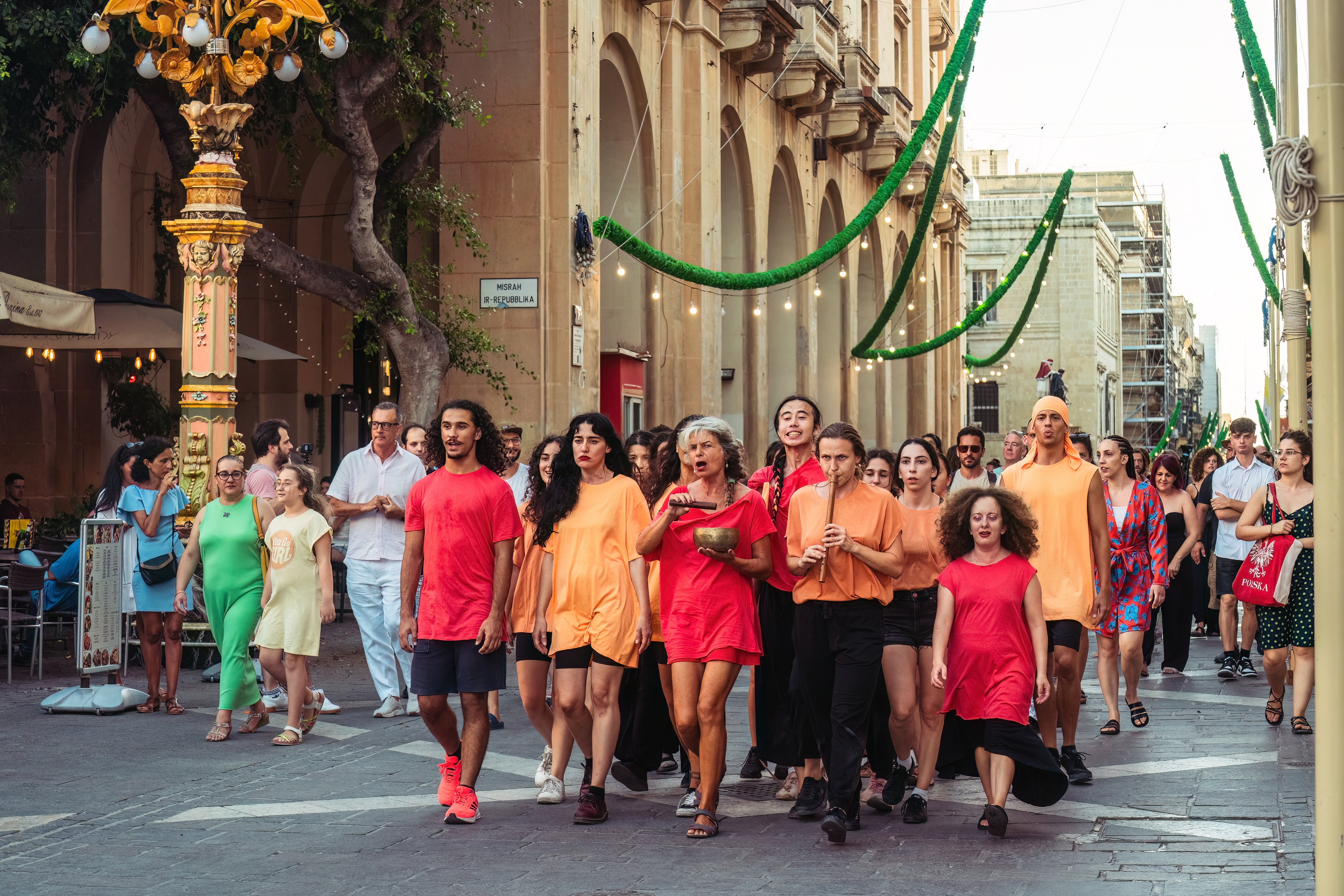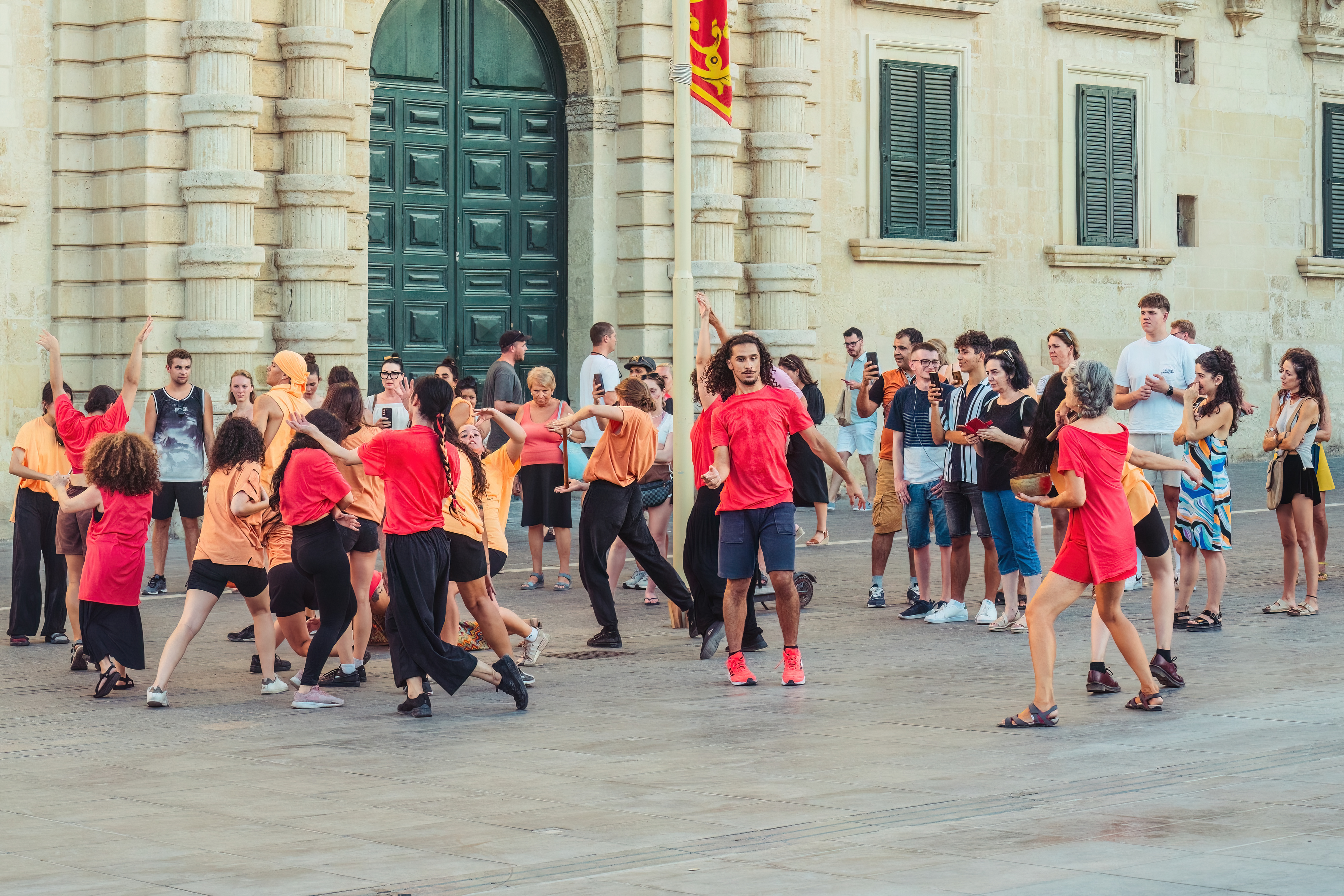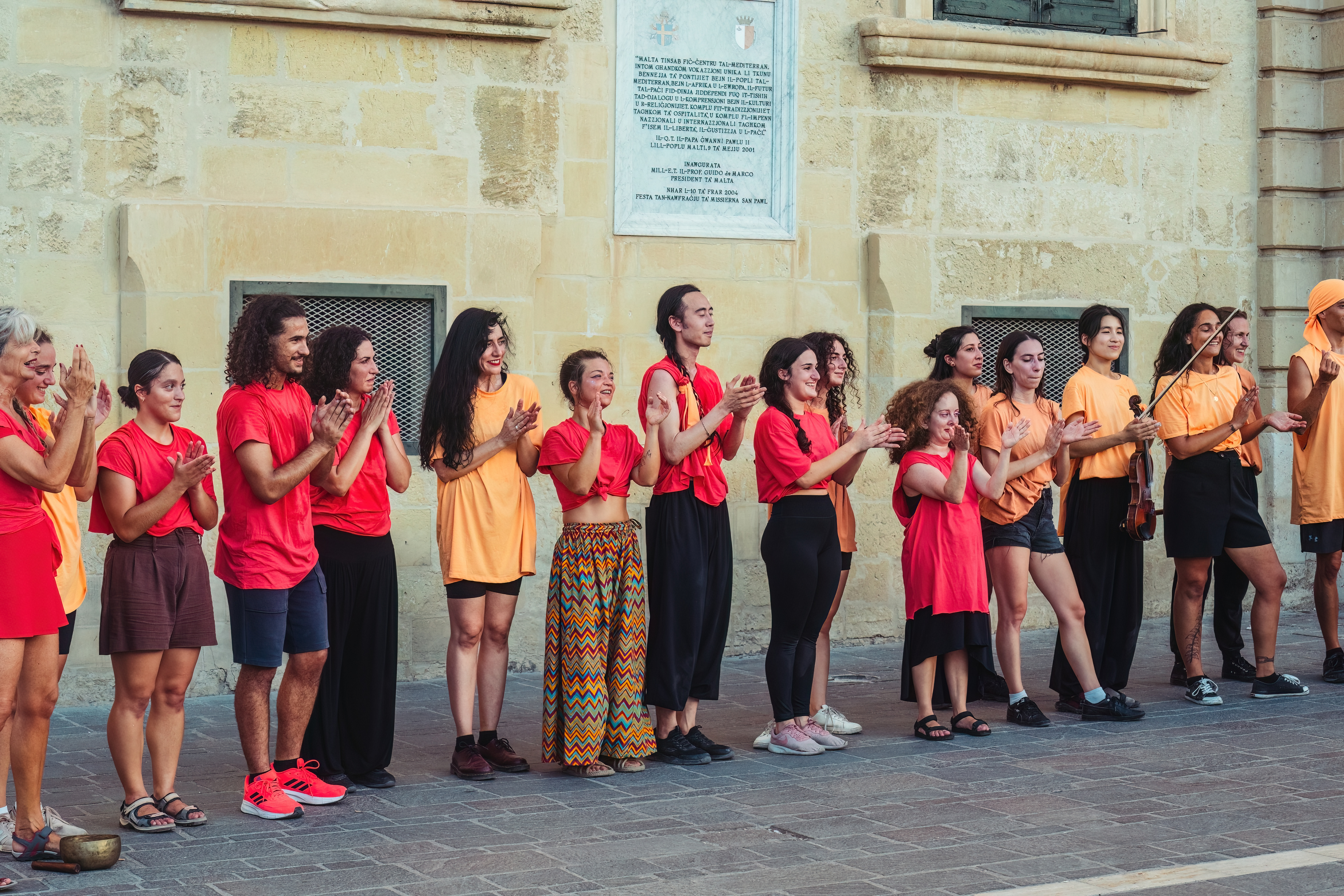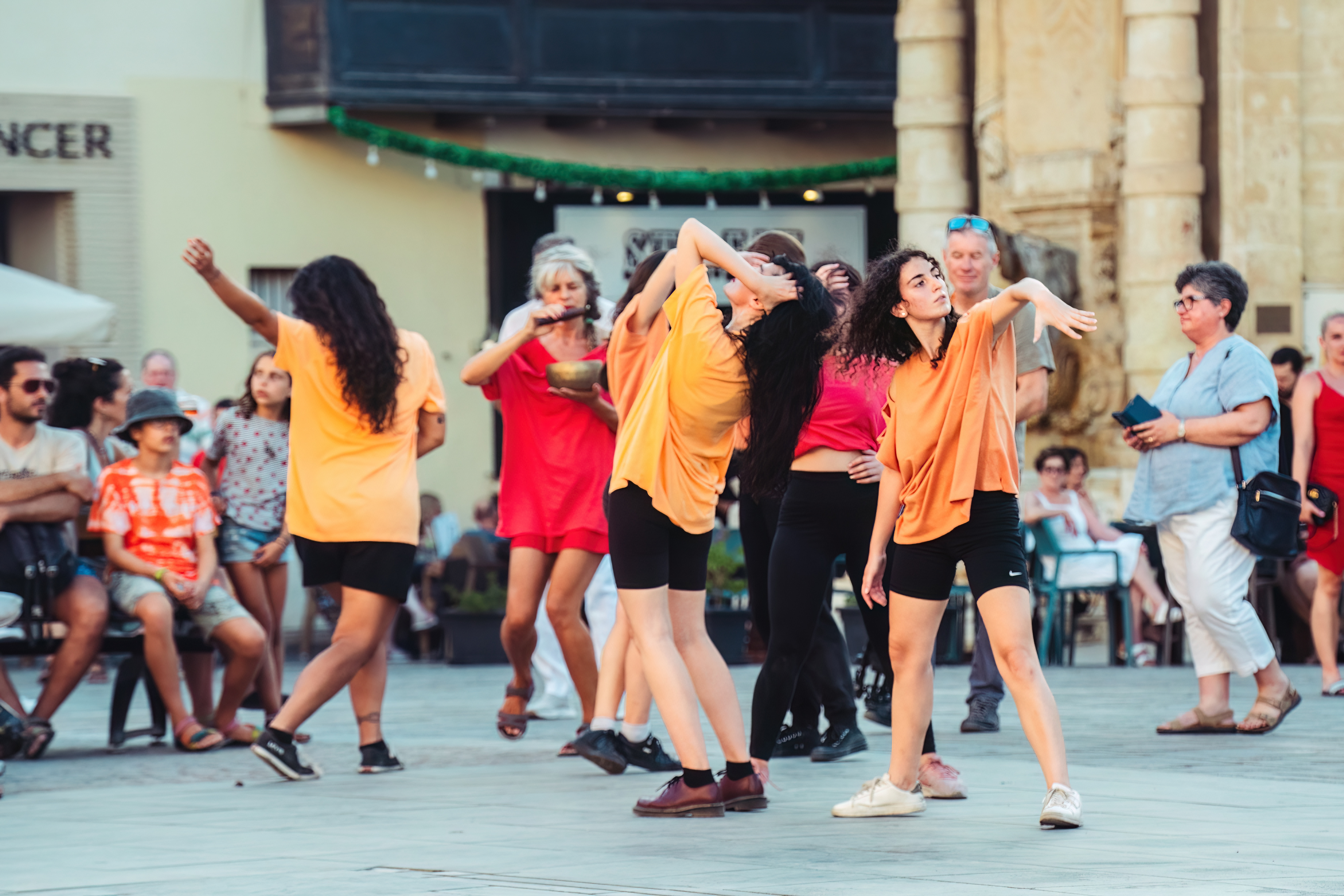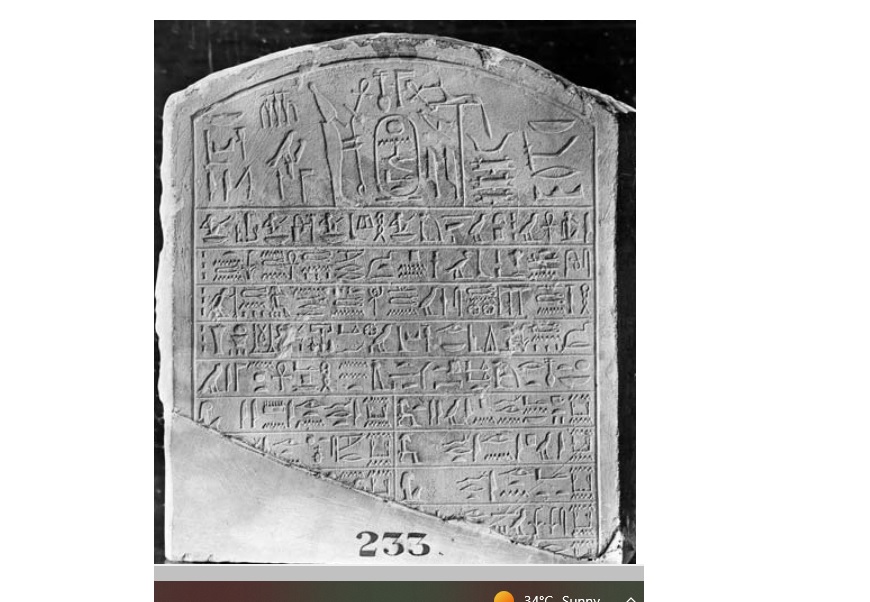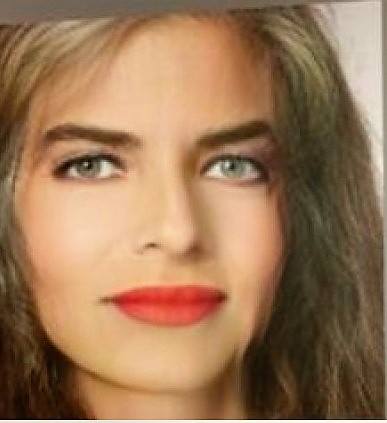Kolekcija knjige poezije Jalova Plaža i ostale poeme
Tuesday 10 October 2023 at 09:55 am
Knjiga Poezije Jalova Plaža, od Džona Portelija
Na lonču knjige poezije Jalova Plaža (Vojta l Bajja) Profesor Aron Aqualina u panelu sa drugim Malteškim piscima je pretstavio Malteškog poetu Džona Pitera Portelija, koristeći alegoriju Mediteranske Buganvie, koja, kako on kaže, je biljka koja laže, o svojeme cvetu, svojoj raskoši, snazi, veličanstvenosti. Buganvila opčini prolaznike pre nego što priđu da je detaljno zagledaju da sa iznenađenjem otkriju da se radi o žbunu, šarmatnom zavodniku, ne cvetu. Tako i umetnost mora da kreira svoju iluziju u svetu gde su gledaoci pozorišta sada već po čitavom svetu definisani kao niš: mala, izdvojena i posebna ciljna grupa.
U takvom scenariju našim svetovima, pronalazimo Džona koji je preveden na nekoliko jezika, crta Arapske karaktere i piše poeziju i na Grčkom. Kaže, da iako je 60, još uvek predaje na fakultetu u Maroku, gde studentima književnosti čita Marokansku spisateljku Lailu Lalami (Laila Lalami's Hope and Other Dangerous Pursuits (2005)).
Knjiga poezije Jalova Plaža, kolekcija od 67 pesama je originalno napisana na Malteškom, prevedena je na Engleski i sada je u procesu prevoda na Srpski.
e(rođen 1954) je profesor, poet i novelist iz Malte koji je živeo u Torontu, Kanadi.
Wikipedia: “John P. Portelli was born in Malta where, after completing a B.A. (Philosophy & Maltese, 1975), he taught history and modern languages at a secondary school and philosophy at a sixth form. In 1977 he was awarded a Commonwealth Scholarship and commenced his studies at McGill University from where he obtained an M.A. (1979) and a Ph.D. (1984) in Philosophy. Currently he is a professor in the Department of Social Justice Education, and the Department of Leadership, Higher and Adult Education at OISE, University of Toronto.
He has published 22 books including six collections of poetry, two collections of short stories and a novel, and over 100 articles and chapters in books. He has also made over 100 presentations at national and international conferences. Two of his books won the American Educational Studies Association Critic Award, and another of his books won the Canadian Association for the Foundations of Education Book Award.”
Read more
Dance Festival Malta - Community Dance Performance
Monday 28 August 2023 at 1:52 pm
Urban Symphony investigated the continuum of harmony and disharmony in the urban environment of Valletta, The performance has comprised of movement, voice and musical instruments and it took place in Valletta, during the Dance Festival.
Community Dance Performance Urban Symphonies Nataša Pantović with Tibetan ball and dancers in Republic Street
St. George’s Square Valletta dancers in front of the Palace
Performance Urban Symphonies at Dance Festival Malta in Valletta photographer Elisa von Brockdorff dancers
Performance Urban Symphonies at Dance Festival Malta in Valletta Photographer Elisa von Brockdorff
"Moving Communities in Urban Spaces was led by Julienne Schembri (Malta) and Maya Felixbrot (Israel). This community project investigated the continuum of Harmony and Disharmony in the urban environment of Valletta, and question how the movement of the collective - the performing community as well as the people in the city - connect and engage with the city. Taking the symphonic structure as a container, the community collective experimented with the resonance of the urban environment in Valletta. The performative language comprised movement, voice and musical instruments that take inspiration from the rhythms, architectural character, and the visual and sonic structures in Valletta. The score, comprising of movement and sound, curated around the musical symphony and the artists look to structures used in the Maltese Għana to support the phrasing of the group’s movement in body and sound. The lead artists amplified the already playing symphony in the city and the spaces; the structure of the fountain, the movement of the water, the existing movement of the public in the city, the sonic textures we hear in these locations, the collective memories and the visual harmonies." The Project Description, Dance Festivas Malta
Biographies
Julienne Schembri
Julienne is a performer, community artist, and creative producer. She creates communities of people moving together and has been active in the field of dance and movement for over ten years in London and more recently in Malta. She is a Certified Movement Analyst and movement educator. She is co-founder of Dance Beyond Borders, where she co-produces Refugee Week Malta. Currently, she shares a practice with Opening Doors, ZfinMalta, the University of Malta, and the Malta Dementia Society, where she is working as a board member for 2022/3.
Maya Felixbrodt
Maya Felixbrodt is a musician, Violist, and composer. She reconnects sound and music through music and the Laban Bartenieff Movement System. She is a Certified Movement Analyst and movement educator. She is the co-curator of Screen Dive, co-founder and artistic director of Moving Strings, and a member of the duos Zvov and NO HORNS. ARTIST BLURB: Urban Symphony will investigate the continuum of Harmony and DisHarmony in the urban environment of Valletta, and question how the movement of the collective - the performing community as well as the people in the city - connect and engage with the city.
Dancers:
Verda Zincirkiran
Sarah Chou
Kelly Diakoulaki
Eliza Paś
Ġagħel Dingli
Deborah Falzon
Nataša Pantović
Eve Cocks
Nicole Zammit
Sarah Sammut
Amy Vella
Charlene Galea
Michal Gil
Read more
Learning from Egyptian stelae from Malta Jeremy Young, Marcel Marée, Caroline Cartwright and Andrew Middleton
Tuesday 01 August 2023 at 3:07 pm
In 1829, four Egyptian stelae dated 1,800 BC were found on Malta
During the excavations for the foundations of the hospital in 1829, four Egyptian stelae came to light. They were excavated by Mr J.B. Collings, who sent them to the British Museum in 1836, where they have registration numbers EA 218, EA 233, EA 287 and EA 299.
"Based on their far-flung findspot, some have suggested that the stelae were locally made by Egyptian colonists who had settled on the island during the second millennium bc. This contribution argues that the stelae offer no basis for such historical reconstructions. Style, content and petrology demonstrate that all four stelae were made in Egypt and that they originally stood in the necropolis of Abydos in Upper Egypt. Microfossils show that these stelae are made of Egyptian limestones, which are of a different geological age to limestones available on Malta" Egyptian stelae from Malta.
The British Museum stelae suggest that each was destined to be set up in Abydos, the cult centre of the god Osiris. The stela EA 233, the British archaeologists tell us, principal inscription addresses ‘those living on earth, every wab priest, every lector priest, every scribe and every ka servant who may pass by this eternal stela’. Those reading tell all that they should recite an offering prayer for the benefit of all those commemorated on the monument. The version of the prayer inscribed on EA 233 invokes the king and ‘Osiris, lord of Abydos’
On EA 233, between the two deities, the living king is also represented – through a cartouche. This contains the thronename of Amenemhat III, who is said to be ‘beloved’ of both gods; his mention dates the stela to c.1855–1808 bc
Upper part of stela EA 233 from the Twelfth Dynasty, from the reign of Amenemhat III (1855–1808 BC) in British Museum
It has been suggested that the stelae came to Malta in Roman times or at some other point...
Read more
Learning from Fi Do Performance by Manifesto Poetico
Tuesday 11 July 2023 at 10:18 am
Athenian culture was ‘cast’ directly through theatre, it was moulded, and remoulded now inhabit not only our dreams, but our history, or legal speeches, philosophical dialogues, love thoughts or the interior decor of houses. Internet culture is “cast” directly through Internet and Society still places a great premium on entertainers who fit the bill while the rest is badly paid or not paid at all.
Modern psychologists argue that the origins of theatre archetypal roles lie deep in human beings collective sub consciousness, manifested in the repertoire of every human culture at any point of time. When the travel was limited, theatre had the function of philosophers, prophets and historians. Aristotle suggests using feelings. Laughter, fear, was most commonly used: Gladiator fights, slaves with lions, etc. Exploiting the mood of the crowd.
Following own research, I was particularly interested in Ancient Greek Improvisation Triangle from The Theatrical Cast of Athens:
To use the Dicaeopolis actor’s words, “A ‘must appear to be’ B in the eyes the audience. In this triangular process, two parties exist and are present: A (the actor) and C (the spectator). But B - the role - is improvised. B could be an animal, a symbol, or a god. B could be dead, as yet unborn.”
The actors were called: Apollo-dorus (embedded with Apollo’s spirit). In Greek myth, Artemis is the twin sister of Apollo (Sun), a virgin huntress, the Greek goddess of the Moon. At Ephesus, Turkey, we find remains of an Artemis (Ἄρτεμις ) Temple destroyed the very same day when Alexander the Great was born. When asked why wasn't she able to protect her own home, the temple in Ephesus, that was burnt by madmen in 356 BC, she said that she was in Pella, the capital of Macedonia (near Thessaloniki), assisting at Olympius and Philip son's birth. The Temple was so impressive that it was together with Egyptian pyramids listed as one of the 7 wonders of the world.
Aristotle tells us of star actors like Theodorus who travelled the Mediterranean world with great acts of Antigone, Electra, and Hecuba.
Theatre is perceived as being more about viewing. Or is it?
Theoros the one who leaves to participate in a religious or state rituals where participation is a must (singing to God or King). The theoros is an engaged witness of the political or religious life, an ambassador.
The idea of exploring the world through theatre, Plato uses to describe the audience chained to their chairs in the cave. Plato’s Republic excludes art.
Read more
Friday 19 May 2023 at 2:00 pm
Poetry as an oral art form is the oldest form of expression
The use of rythm, repetition, and hypnosis by shamans and politicians from around the planet, in larger poetic units is common in both: religious and village people’s poetry. In Balkans, African or Asian cultures, performance poetry is accompanied by various local instruments.
The earliest poetry kept the memory of genealogy, or law alive. Poetry is closely related to musical traditions. The most famous because it was the oldest was written by Sumerian priestess Enheduanna, celebrating Goddess Moon, SiN, in the form of chant using a priest vs congregation response, blessings altered by all, etc. identical to today’s Christian liturgy. Chants are usually devoted to God / Goddess.
Read more



